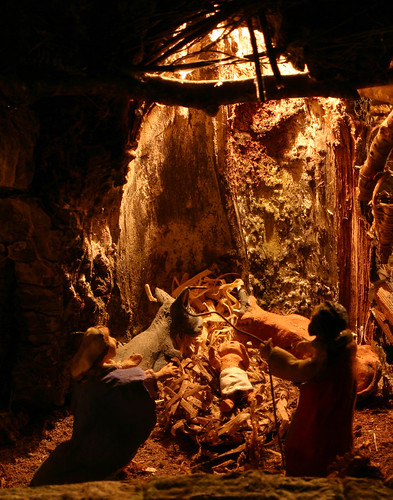Since I postponed my
1984 write up this long, I figured I would just combine it with my Jennifer Government write up.
1984 and Jennifer Government are both about what happens when the government goes to far in one direction. 1984 is pretty dystopian, where as Jennifer Government appears to be Utopian, in the beginning.
The idea behind 1984 is that the government is all-powerful. Food is rationed, everything you do or say is heard and watched, and everything is basically decided for you. "Big Brother is always watching". There is three different groups of people; the rebels, the inner-party members, and everyone else. The rebels live in the older parts of town, they are relatively undisturbed, and mainly keep to themselves. The inner-party members generally have secret, large house, better food, and are allowed to break the rules. Everyone else lives in uniform apartments with "telescreens" that watch there every move. If they do something the party doesn't like, they will be taken away at night, and any record of them every existing is erased, and no one says a word about it.
In Jennifer Government, everything is a private institution. The police will do anything for you if you pay them enough money. Laws aren't really all that enforced. Ad campaigns involve kill people. Hospitals want to make sure you have enough money to pay them before they admit you, even if you are dying. The NRA has just as much power as the police. Most of the world, is totally Americanized. This book does come off as slightly "Utopian" though, because everyone can have whatever they want. They can take out huge loans, spend thousands of dollars on the latest shoes, and don't think twice about it.
The main character in 1984, who was fighting for change in the government, is forced back into believing Big Brother's lies and spends the rest of his life wasting time drinking gin.
In Jennifer Government, the ending is happier. Things work out for "Jennifer Government" and her family. Change happens, people riot, and the bad guys go to jail.
Both stories seem possible in real life. People seem to always want more and more, people want to get what they earned, and not have to pay for other people. Jennifer Government's life without taxes, everyone fending for themselves, may seem ideal. On the other side of things, 1984's rigid government censoring may appeal to people who want to be protected from the world. As long as the follow the rules, Big Brother will always protect them.
My conclusion from these books is there needs to be a balance. A total free-market system is dangerous, and puts a lot of people at a disadvantage. Total government control is also dangerous, in that it takes away all the enjoyment people get out of living.



